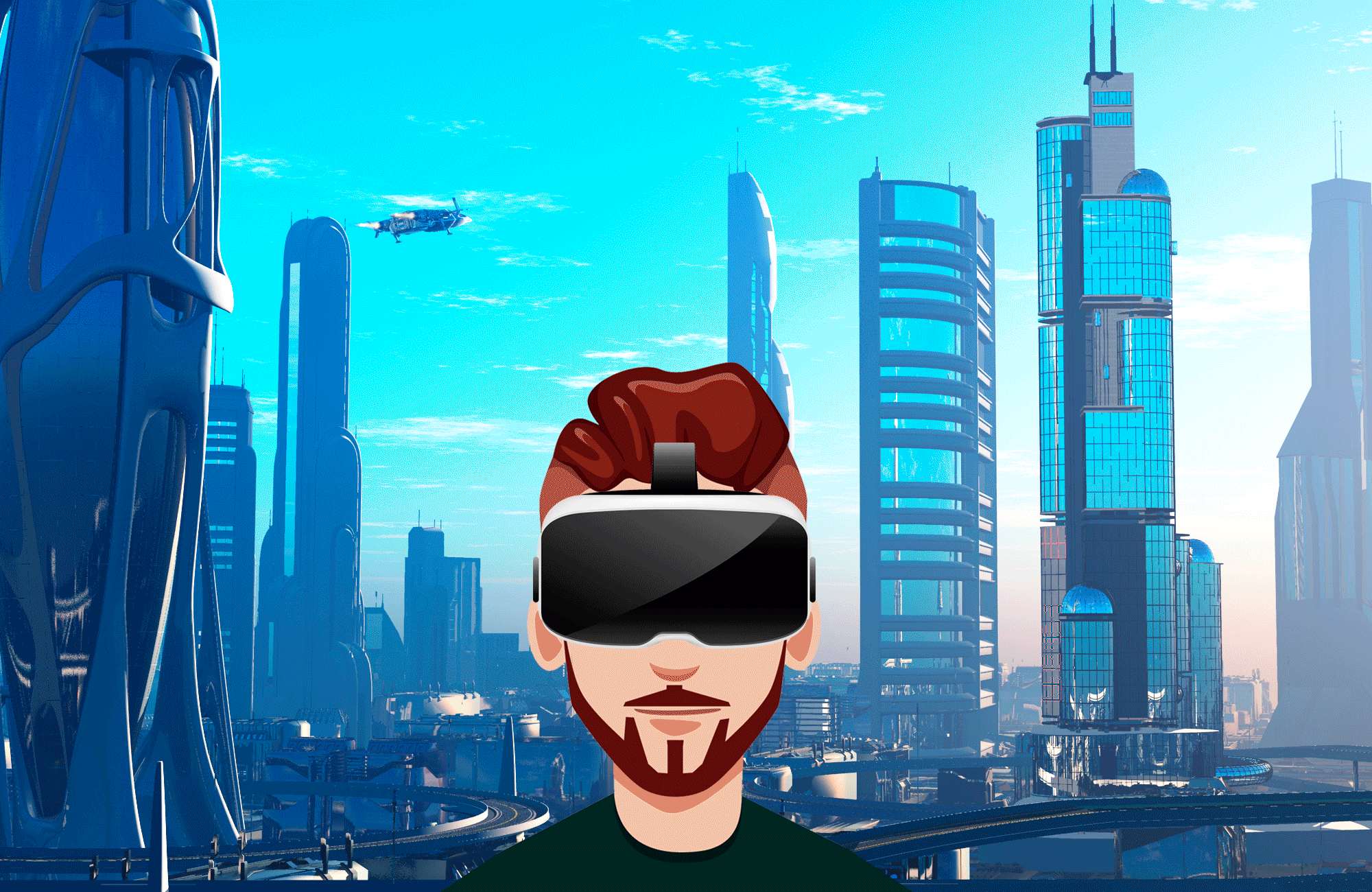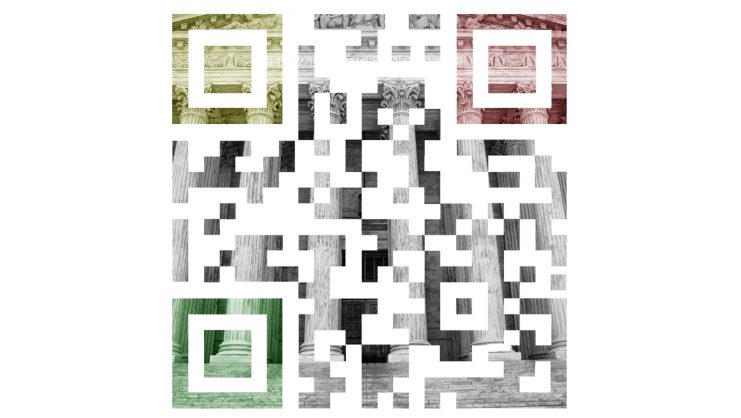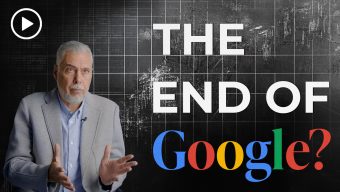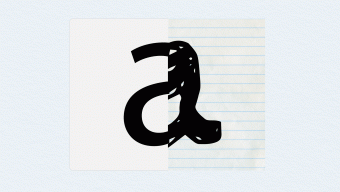In the 1999 science fiction film The Matrix, there is a famous scene in which the protagonist, Neo, is offered two pills. The first will allow him to continue a humdrum living as a computer programmer in a nondescript American city. The second will reveal to him the reality of his existence: that his life is a sham – the product of an all-encompassing virtual world generated by a race of robots to enslave humanity.
This is a false choice, argues the Australian philosopher David Chalmers in his recent book Reality+: Virtual Worlds and the Problems of Philosophy. By way of Plato and Descartes, Chalmers, who teaches at New York University and is co-director of NYU’s Center for Mind, Brain, and Consciousness, states that there is no way of definitively knowing whether we live in a simulated world. Indeed, Chalmers argues that, given the statistical probability of intelligent life elsewhere in the universe, we cannot be certain we aren’t already living in someone else’s Matrix-style simulation.
More controversially, using a “reality checklist” – or five questions a real thing must fulfill: Does it really exist? Does it have causal powers? Is it independent of our minds? Is it as it seems? Is it a genuine X? – he asserts that the virtual Matrix Neo inhabits is just as real as the cold, dark world beyond.
So far, so theoretical. But the implications are increasingly concrete: If simulated objects and people can be considered authentic, then what happens in a hundred (or a thousand) years when advanced technology replicates our world. Would this be equivalent to the world as traditionally conceived? Chalmers’ answer is categorical: “If we’re in a perfect, permanent simulation, the objects we perceive are real according to all five of those criteria.”
Current world problems like environmental degradation, climate change, and economic inequality require action in the hard, physical world.
Tech companies are straining to bring this virtual reality (VR) closer. Famously, Facebook’s rebirth as Meta signaled a new multibillion-dollar bet on the rising importance of immersive technologies in the here and now. Meta’s Oculus Quest headset is already available and Apple is rumored to be releasing a rival VR headset soon. The latter is also said to be working on glasses which offer an optical augmented reality (AR) experience, inserting digital objects or text over the wearer’s visual field.
VR has the potential to evolve education and is, in fact, already doing so – for example students and professors can meet from anywhere in the world thanks to “meta-campuses,” generating a totally new learning experience with them in themes such as communications, negotiations, simulations of many kinds, experiencing environmental change in situ, etc. This whole new way of approaching virtuality – and students’ enthusiastic response to it – only bolsters Chalmers’ contention that, at least initially, virtuality is not here to compete with physical reality, it’s here to generate a reality in and of itself.
As technology improves, AR glasses might be replaced by chips directly implanted in the brain or eyes, stimulating a whole range of virtual experiences. Being able to access a library of information or data by merely thinking or seeing would revolutionize how we work and think. Chalmers’ projection is typically bold: “Within a century we will have virtual realities that are indistinguishable from the nonvirtual world.”
Should this worry us? Just as people choose to travel to change their surroundings, Chalmers argues that migrating to the virtual world is no different. Given the ways in which the virtual worlds might well improve upon planet Earth, “life in virtual worlds will often be the right life to choose.”
I’m not so sure. Current world problems like environmental degradation, climate change, and economic inequality require action in the hard, physical world. And if increasing numbers of citizens choose to live their lives online, there is a high likelihood they will cede power and democratic accountability to an ever smaller group of individuals or companies who manage our bodily requirements such as food, housing, and medicine.
Riffing on the same scene in The Matrix when Neo is offered the choice between illusion or reality, the Slovenian philosopher Slavoj Zizek demanded “a third pill” in his 2006 documentary The Pervert’s Guide to Cinema. In it, Zizek argues that reality and illusions are inextricably combined. Consequently, Zizek wants a pill which would enable us to see the reality in illusions themselves. “Our mistake today is to try and disentangle reality from illusion,” Zizek said. “Our fundamental delusion today is not to take fictions too seriously – on the contrary, it is not taking fictions seriously enough.”
Reality+ paints a convincing picture of a collective future dominated by VR and AI. It should also serve as a warning about the potential damage those digital illusions could inflict.
© IE Insights.











